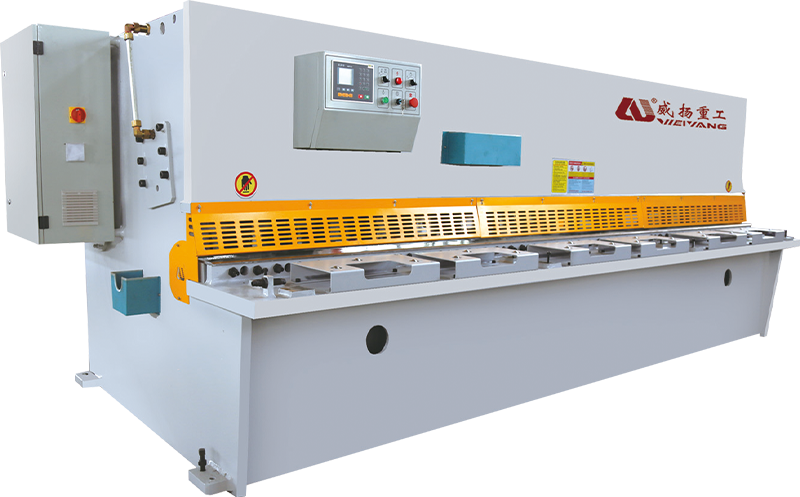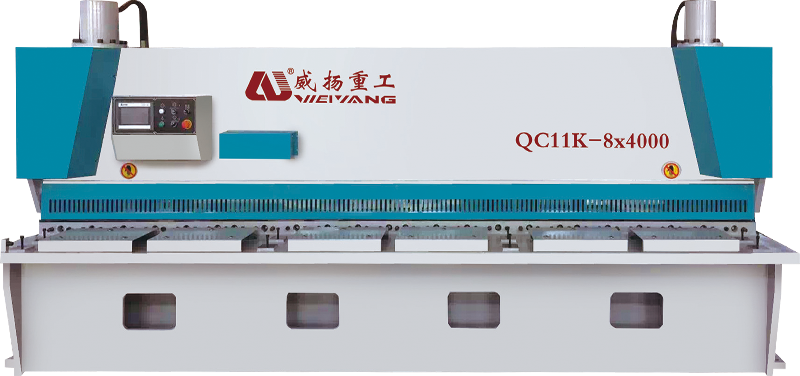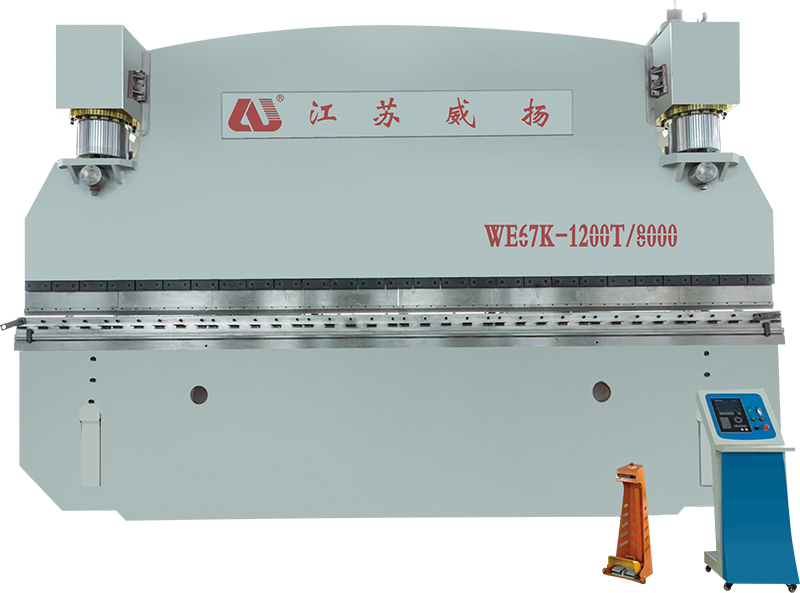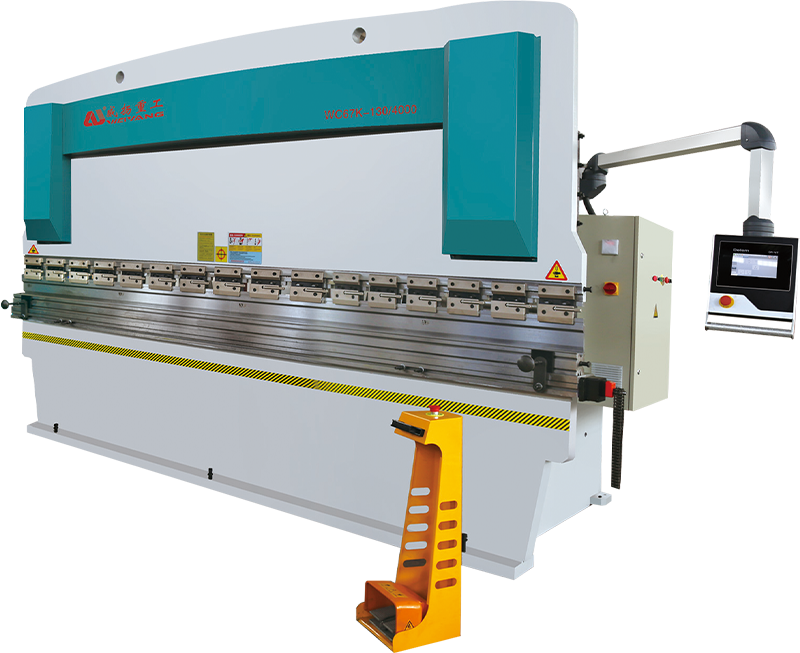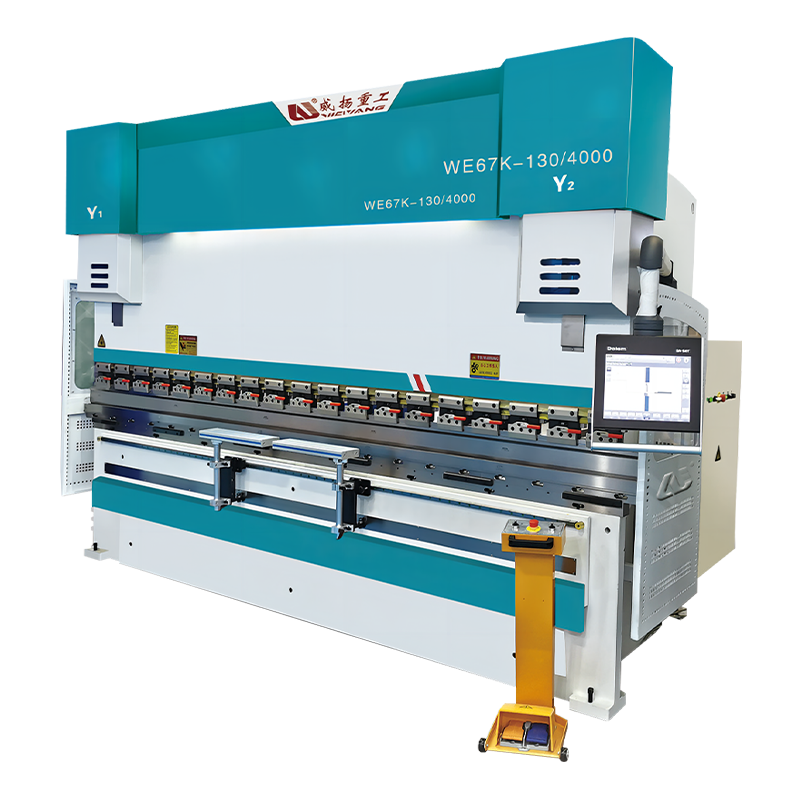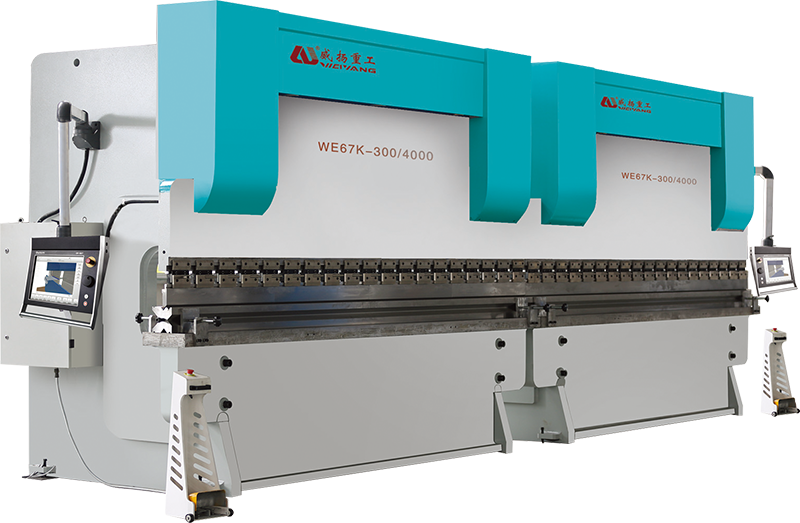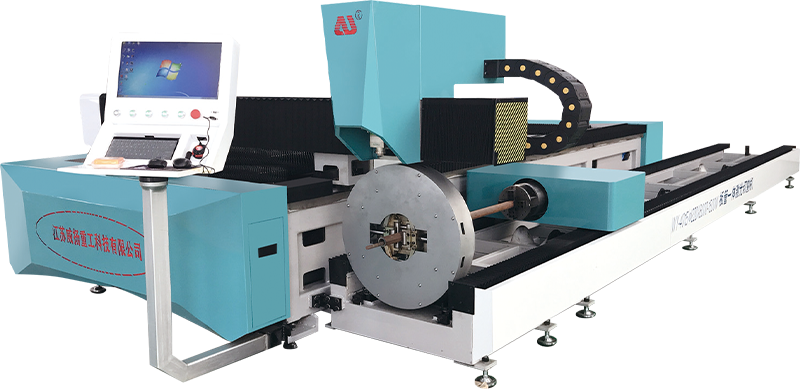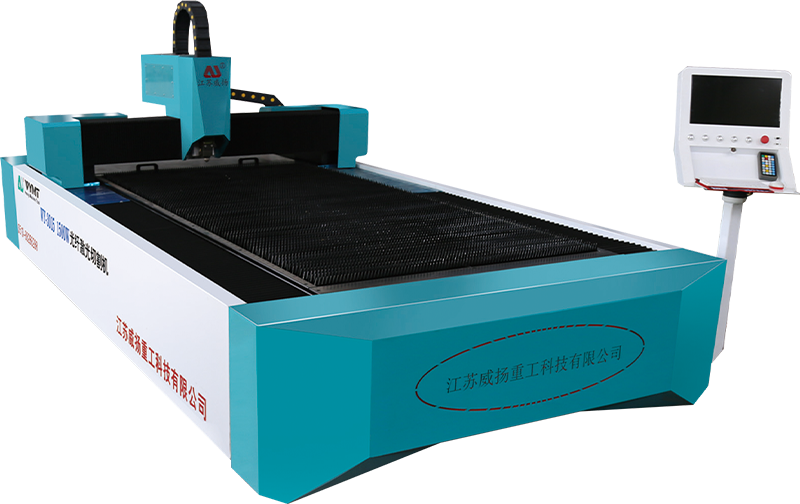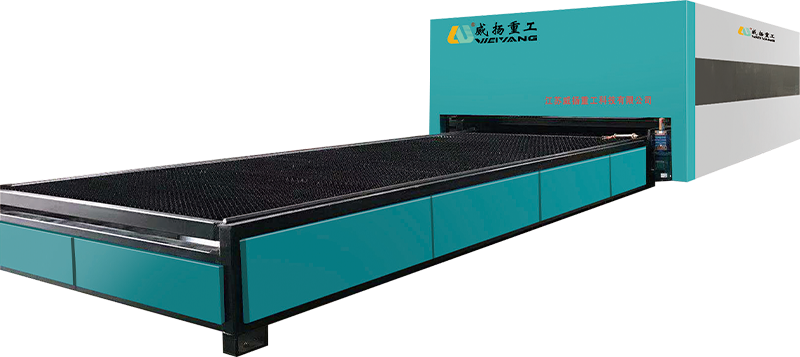What is the way to store a Handheld Snow Blower during off-season months to ensure it remains in good condition and ready for use next winter?
Cleaning your Handheld Snow Blower before storing it for the off-season is crucial to prevent any build-up of snow, dirt, or ice, which could cause long-term damage. First, remove any snow or ice that has accumulated on the auger, chute, and body of the blower. Use a plastic scraper to clear off any remaining snow or ice that may have become compacted, especially in the auger and discharge chute. Inspect the intake and exhaust areas to ensure they are free from debris. Cleaning these areas helps prevent corrosion caused by moisture and ensures smooth operation when the blower is used next. A clean blower is also easier to maintain, as it allows you to spot any potential wear or damage that may need attention.
For gas-powered Handheld Snow Blowers, it is vital to empty the fuel tank before storage. Fuel left in the tank can degrade over time, causing it to thicken and become gummy, potentially clogging the carburetor and fuel lines. If you leave fuel in the system, it can also create issues when starting the blower in the next season. The best approach is to run the snow blower until it runs out of fuel, ensuring that the carburetor and fuel lines are cleared. Alternatively, if you need to store fuel for any reason, use a fuel stabilizer to prevent oxidation and gumming. If fuel stabilizers are added, ensure the engine is run for a few minutes after the stabilizer is introduced to allow it to circulate throughout the fuel system.
Changing the engine oil is an essential part of the winterizing process for gas-powered Handheld Snow Blowers. Oil degrades over time due to exposure to heat and contaminants, so ensuring the oil is fresh and clean before storage is vital to maintaining engine health. Draining old oil and replacing it with fresh, manufacturer-recommended oil prevents buildup of sludge and contaminants inside the engine. Fresh oil also provides necessary lubrication to critical engine components, ensuring smooth performance and reducing the risk of rusting and corrosion during the off-season.
For cordless electric Handheld Snow Blowers, removing the battery is an important step in preserving battery life. Storing the battery in the unit for long periods can lead to a loss of charge, which can result in reduced capacity or failure to charge when needed. When removing the battery, ensure it is fully charged to about 50%, as this helps preserve the health of lithium-ion batteries over extended periods. Store the battery in a cool, dry place, away from extreme temperatures or moisture, which could cause damage. A storage temperature of around 50°F (10°C) is ideal. Regularly check the battery every few months and recharge it if necessary to maintain its optimal performance.
Proper storage conditions are critical to extending the lifespan of your Handheld Snow Blower. The best location for storage is a cool, dry area with low humidity. Storing the snow blower in an area with excessive moisture, such as an unheated shed or near a water source, can lead to rust and corrosion, especially on metal parts like the auger and motor casing. Ideally, the storage area should be indoors, such as a garage or basement, where the temperature remains stable. Avoid storing the blower directly on the ground, where moisture from the floor could cause rust. Instead, place it on a piece of wood or elevated platform to ensure airflow around the blower and minimize contact with the damp floor.
Elevating your Handheld Snow Blower off the floor can help avoid exposure to moisture and cold surfaces that may lead to rust. By storing the snow blower on a shelf or a platform, you reduce the chances of moisture from the floor coming into contact with the motor or moving parts. This also helps with air circulation, preventing any dampness that could accumulate around the machine. Elevation also protects the snow blower from potential flooding or water damage in case of leaks or weather-related incidents.





